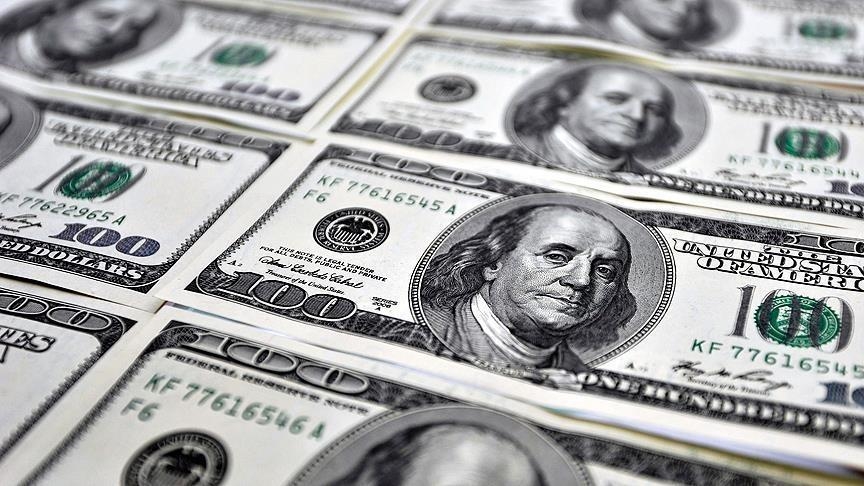The U.S. dollar has dropped to its lowest level since March 2022, continuing a sharp decline fueled by escalating political tensions between President Donald Trump and the Federal Reserve, alongside growing investor concerns about U.S. economic policy and trade disputes. The ICE U.S. Dollar Index, which measures the dollar against a basket of major currencies including the euro, yen, pound sterling, Canadian dollar, Swedish krona, and Swiss franc, fell to 97.92, marking its weakest point in over three years.
Since President Trump took office in January, the dollar has steadily weakened, losing more than 9% against this basket of currencies. The introduction of global reciprocal tariffs on April 2 triggered an initial wave of selling, while Trump’s recent public threats to remove Federal Reserve Chair Jerome Powell, combined with comments from White House economic adviser Kevin Hassett about potentially ousting Powell, have further undermined confidence in the U.S. currency.
This political pressure on the Federal Reserve has unsettled financial markets by raising concerns about the central bank’s independence and the increasing politicization of U.S. monetary policy. Investors have responded by pulling capital out of U.S. assets, causing declines in U.S. stocks and Treasury securities. This shift has benefited safe-haven currencies such as the Swiss franc, Japanese yen, and euro, as well as gold, which recently surged to record highs of $3,436.50 per ounce in intraday trading today.
The dollar’s decline reflects a broader shift in U.S. policy and market sentiment. Since Trump’s election victory, the dollar index has fallen from a high near 110 to its current level below 98, signaling a move away from the previously favored strong dollar policy. The administration’s earlier stance promoting a robust dollar has given way to a strategy of competitive devaluation amid ongoing trade conflicts, aiming to boost U.S. export competitiveness but increasing volatility in currency markets.
The Federal Reserve has maintained its commitment to combating inflation through steady interest rates, contrasting with President Trump’s calls for a more lenient monetary policy to stimulate economic growth. This divergence between the Fed’s approach and the administration’s economic priorities has amplified uncertainties, contributing to the dollar’s volatility and diminished appeal as a safe-haven asset.
The U.S. dollar’s recent decline to a three-year low is driven by a combination of political interference with the Federal Reserve, trade tensions, and diverging economic policies. These factors have shaken investor confidence, leading to capital outflows from U.S. assets and a search for safety in alternative currencies and commodities. The evolving dynamics suggest continued volatility in currency markets as political and economic uncertainties persist.
This situation is closely monitored by investors and businesses alike, as the dollar’s trajectory influences global trade, investment decisions, and financial market stability. The U.S. dollar’s performance, tracked by the ICE U.S. Dollar Index (DXY), remains a key barometer of international economic sentiment amid these ongoing challenges.

